Table of Contents
What Is Chiltepin?
Chiltepin (Capsicum annuum var. glabrum) is a small wild chili pepper native to Mexico and parts of the southern United States, known for its intense heat and unique earthy, smoky flavor despite its tiny size—about the size of a pea. Often called the "Mexican bird pepper," it's a staple in traditional Mexican cuisine and prized by spice enthusiasts worldwide.
Chiltepin vs. Other Chilies: A Flavor Comparison
When it comes to heat, chiltepins are definitely not the strongest peppers out there, but they have a unique flavor profile that sets them apart. Let's compare them with some other popular chilies:
| Pepper | Heat Level (Scoville) | Flavor Profile | Common Uses |
|---|---|---|---|
| Chiltepin | 10,000–60,000 SHU | Earthy, smoky, slightly sweet | Hot sauces, salsas, seasonings |
| Jalapeño | 2,500–8,000 SHU | Mild, grassy, slightly sweet | Stuffed peppers, salsas, snacks |
| Habanero | 100,000–350,000 SHU | Smoky, fruity, extremely hot | Hot sauces, tropical dishes, marinades |
| Serrano | 10,000–25,000 SHU | Crunchy, peppery, slightly sweet | Hot sauces, tacos, salsas |
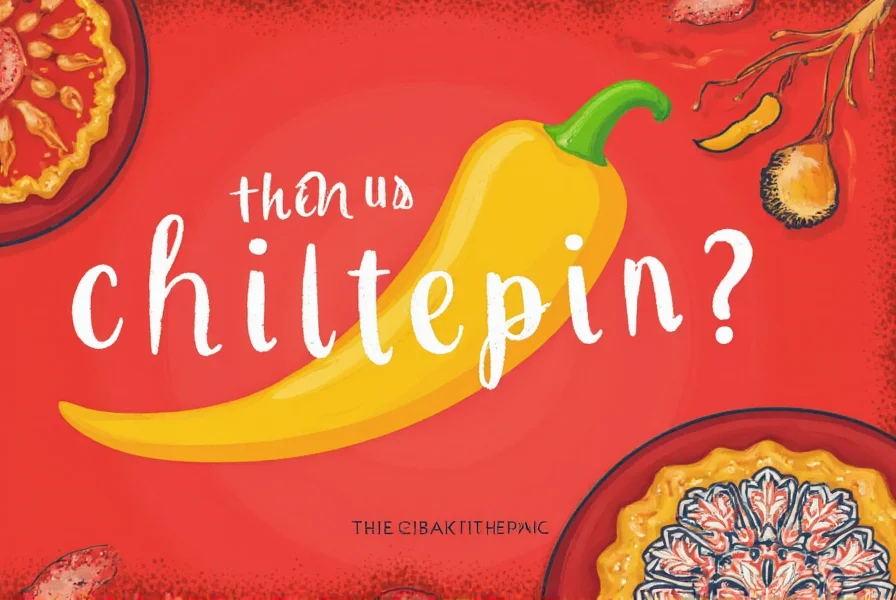
As you can see, chiltepins fall somewhere between jalapeños and serranos in terms of heat. But what really makes them special is their rich, earthy flavor and the subtle sweetness that balances out the spiciness.
Culinary Uses of Chiltepin
The chiltepin is a staple in traditional Mexican cooking, especially in regions like Sonora and Chihuahua. Here are some of the most common ways it's used:
- Hot Sauce: One of the most famous uses of chiltepins is in mole and salsa roja. They're often dried and ground into a paste before being added to recipes.
- Salsa: Fresh or dried chiltepins can be blended into a spicy salsa, perfect for tortilla chips or grilled meats.
- Seasoning: Ground chiltepin is used as a seasoning in stews, soups, and even meat rubs. Its smoky depth adds complexity to any dish.
- Marinades: The heat and flavor of chiltepins make them great for marinating chicken, fish, or vegetables before grilling or frying.
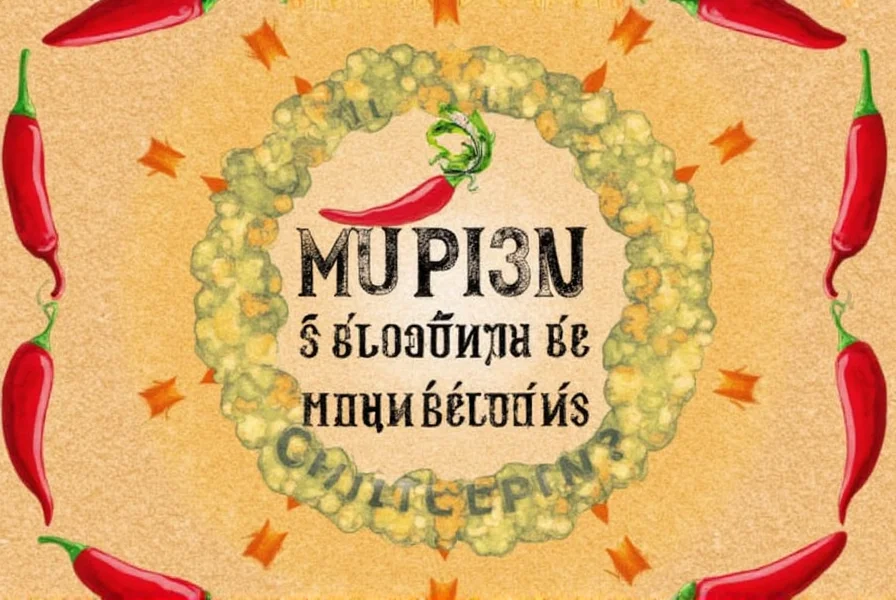
How to Buy the Best Chiltepin
If you're looking to buy chiltepin, here are a few tips to ensure you get the best quality:
- Look for Dried Chiltepins: Fresh chiltepins are rare outside of Mexico, so dried versions are more common. They should be plump, dark red, and free from mold or discoloration.
- Check the Origin: Authentic chiltepins come from Mexico, particularly from the northern regions. Be cautious of imitations or low-quality imports.
- Buy in Bulk: Since chiltepins are small and potent, buying in bulk can save money and give you more flexibility in your cooking.
- Consider the Heat Level: Some chiltepins are milder than others. If you're new to this pepper, start with a lower heat variety to gauge your tolerance.
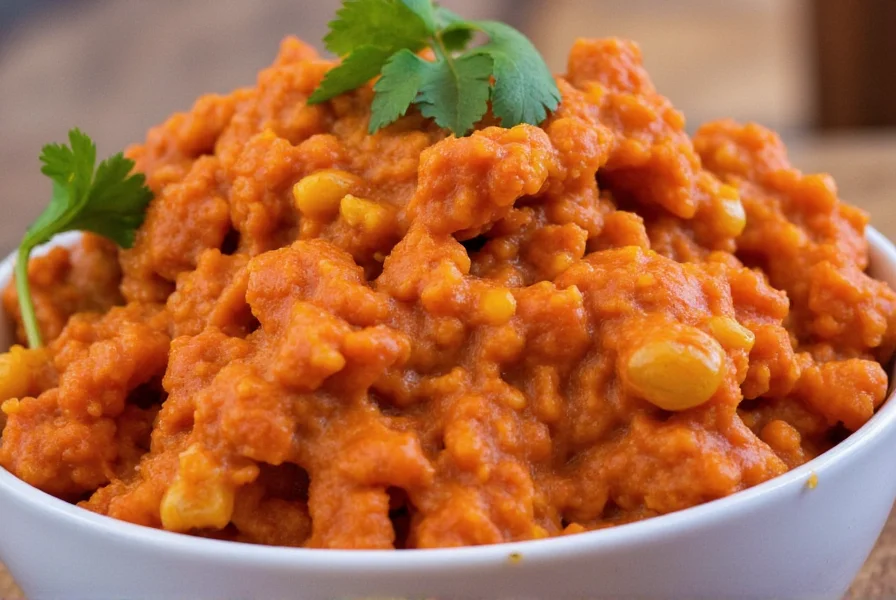
Cooking Tips for Chiltepin Enthusiasts
If you're ready to bring the chiltepin into your kitchen, here are some useful tips to help you use it effectively:
- Toasting: Toasting chiltepins before grinding them enhances their flavor and aroma. Use a dry skillet over medium heat until they start to crackle and darken.
- Use Gloves: Even though they're small, chiltepins can still cause irritation if you touch your eyes or face after handling them. Always wear gloves when working with them.
- Start Small: A little chiltepin goes a long way. Add a pinch at a time and adjust the heat to your liking.
- Pair with Complementary Flavors: The earthy heat of chiltepin pairs well with citrus, garlic, tomatoes, and onions. Don't be afraid to experiment!
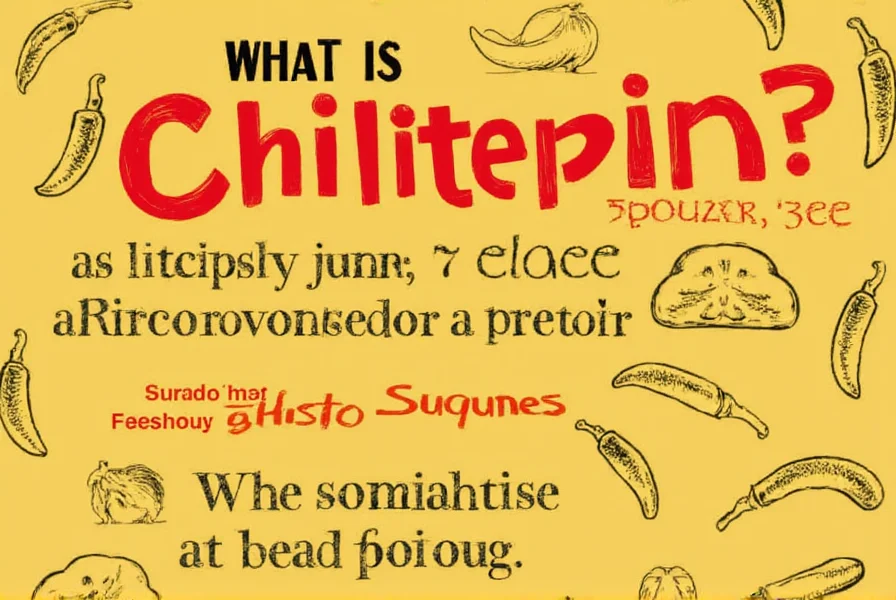
Frequently Asked Questions About Chiltepin
What is chiltepin?
Chiltepin (Capsicum annuum var. glabrum) is a small wild chili pepper native to Mexico and parts of the southern United States. Often called the 'Mexican bird pepper,' it's known for its intense heat and unique earthy, smoky flavor despite its tiny size (about the size of a pea).
How hot is chiltepin compared to other peppers?
Chiltepin ranges from 10,000 to 60,000 Scoville Heat Units (SHU), making it significantly hotter than jalapeños (2,500-8,000 SHU) but milder than habaneros (100,000-350,000 SHU). It's comparable to serrano peppers in heat but has a more complex flavor profile that includes earthy and smoky notes not found in many other peppers.
Where does chiltepin come from?
Chiltepin is native to Mexico, particularly thriving in the northern states like Sonora and Chihuahua. It also grows wild in parts of the southern United States, including Arizona and Texas. The pepper has been used in Mexican cuisine for centuries and is considered one of the oldest domesticated chilies, with evidence of its use dating back thousands of years.
Can you eat chiltepin raw?
Yes, chiltepin can be eaten raw, but caution is advised due to its intense heat. Many people prefer to toast or dry them first to enhance flavor and make the heat more manageable. When eating raw, start with a very small amount as the heat can be overwhelming. Some traditional preparations involve soaking the peppers in lime juice to temper the heat slightly.
How do you store chiltepin peppers?
Fresh chiltepins can be stored in the refrigerator for 1-2 weeks. For longer storage, they're best dried and kept in an airtight container in a cool, dark place where they can last for 6-12 months. You can also freeze fresh chiltepins for up to a year. Dried chiltepins can be ground into powder when needed, though many chefs prefer to grind them fresh for maximum flavor.
Are chiltepin peppers good for you?
Yes, like other chili peppers, chiltepins contain capsaicin which has anti-inflammatory properties and may boost metabolism. They're rich in vitamin C and antioxidants. Traditional medicine has used them for digestive issues and pain relief, though scientific evidence for specific health benefits is still developing. The heat can also stimulate endorphin production, creating a natural "high" that many spice enthusiasts enjoy.
Why is chiltepin called the 'bird pepper'?
Chiltepin is called the 'bird pepper' because birds are unaffected by the capsaicin that makes peppers hot to mammals. Birds eat the peppers and disperse the seeds through their droppings, which is how the plant propagates in the wild. The name reflects this natural seed dispersal mechanism. Interestingly, this evolutionary adaptation ensures the pepper's survival, as birds don't damage the seeds during digestion like mammals would.
What's the difference between chiltepin and tabasco peppers?
While both are small hot peppers, chiltepin is a wild pepper native to northern Mexico and the southwestern US, with an earthy, smoky flavor. Tabasco peppers are cultivated specifically for Tabasco sauce, have a more vinegar-forward flavor profile, and come from a different region (Mexico's Gulf Coast). Chiltepins are smaller and rounder than the more elongated tabasco peppers. Additionally, chiltepins grow wild while tabasco peppers are commercially cultivated.
Conclusion
In summary, the chiltepin is a small but powerful pepper that brings a unique blend of heat and flavor to any dish. Whether you're a seasoned chef or just starting out in the world of spices, this tiny pepper is worth exploring. From its rich history to its versatility in the kitchen, the chiltepin offers something for everyone.
So next time you're thinking, 'What is chiltepin?' remember that it's more than just a spicy pepper—it's a culinary treasure that has been cherished for generations. Whether you're making your own hot sauce or adding a kick to your favorite recipe, the chiltepin is sure to impress.
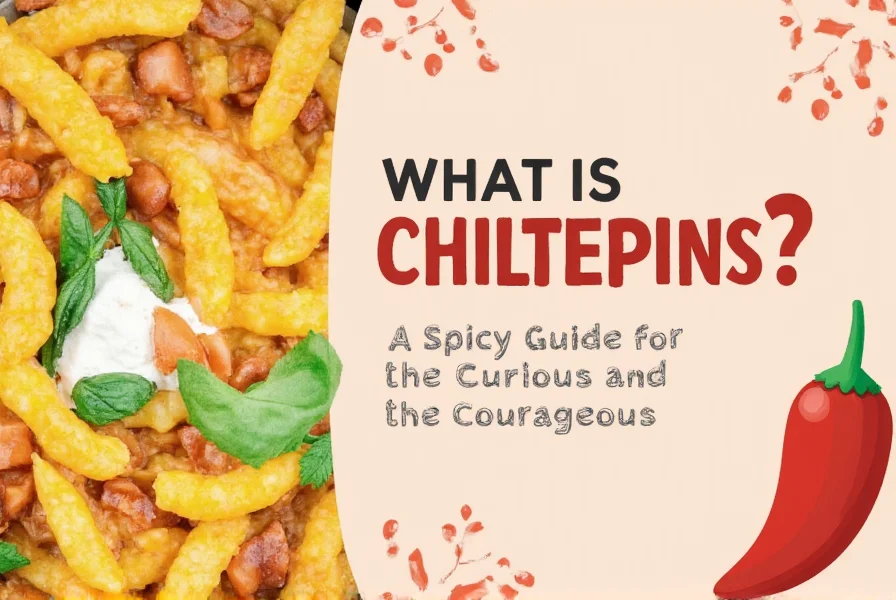










 浙公网安备
33010002000092号
浙公网安备
33010002000092号 浙B2-20120091-4
浙B2-20120091-4